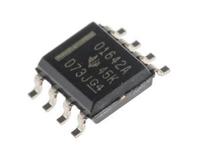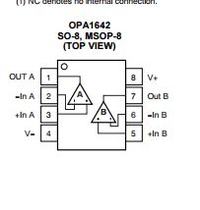Freehawk
Full Member level 2
Hi ,
Can anyone of you provide me with a schematic of mixing two audio signals with an op amp like this "Analog Devices OP293FSZ" or like this "Analog Devices AD8656ARZ" ???
And a bit explanation of how i have to chose resistor values to not have a gain on the signals , just mixing them without the feedback problem i had when mixed pasive
Any help welcome
Warm regards
Can anyone of you provide me with a schematic of mixing two audio signals with an op amp like this "Analog Devices OP293FSZ" or like this "Analog Devices AD8656ARZ" ???
And a bit explanation of how i have to chose resistor values to not have a gain on the signals , just mixing them without the feedback problem i had when mixed pasive
Any help welcome
Warm regards



